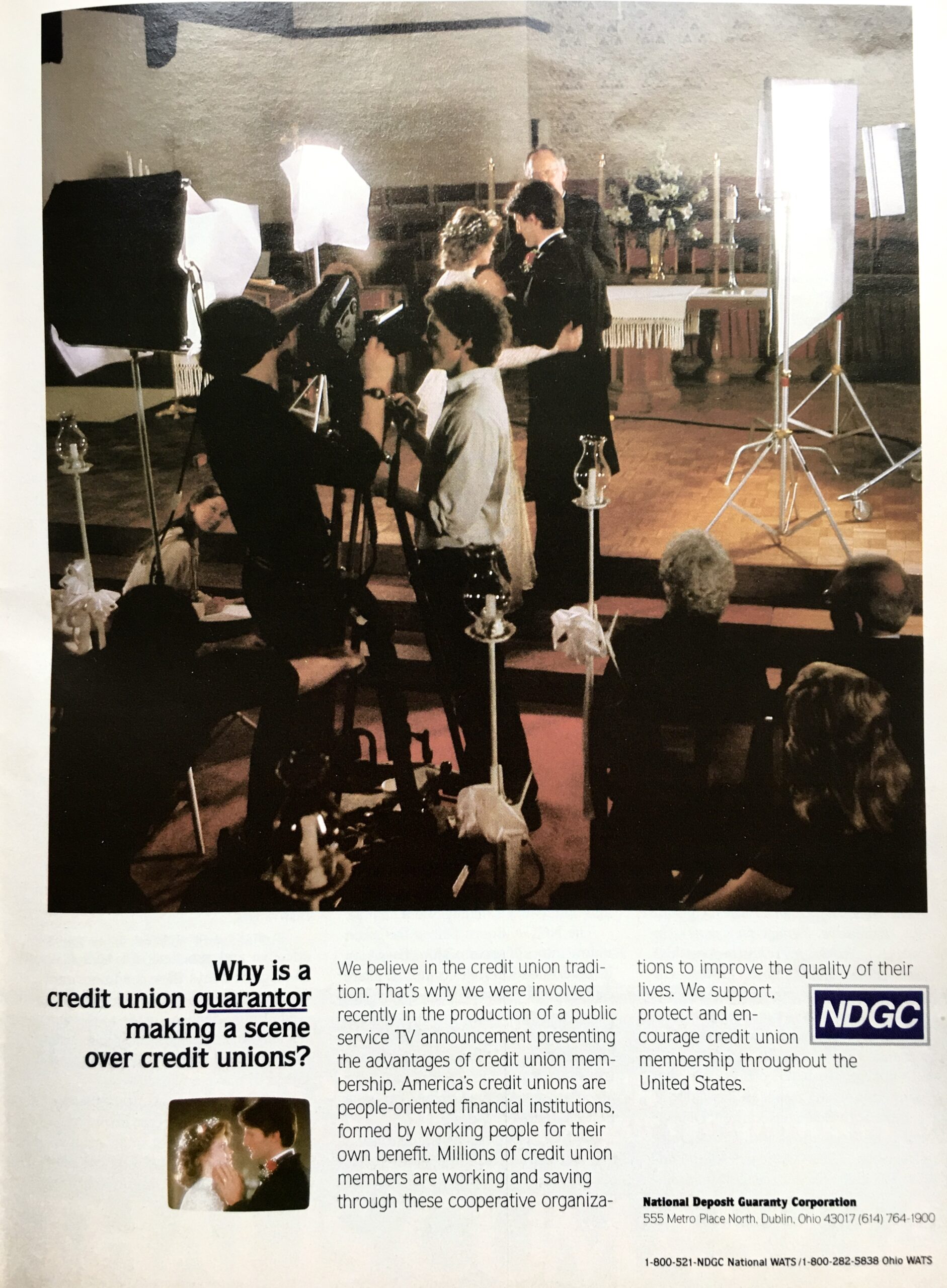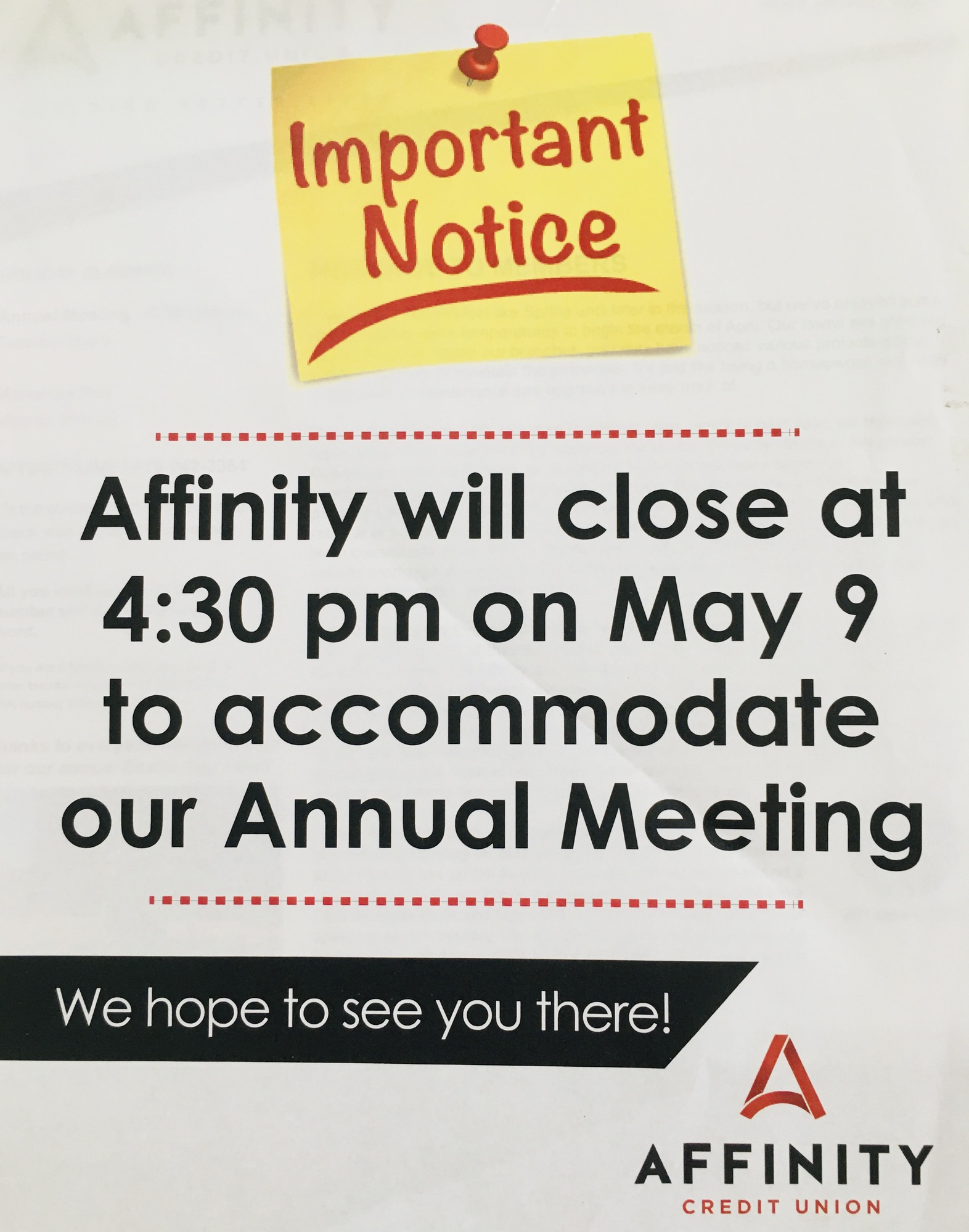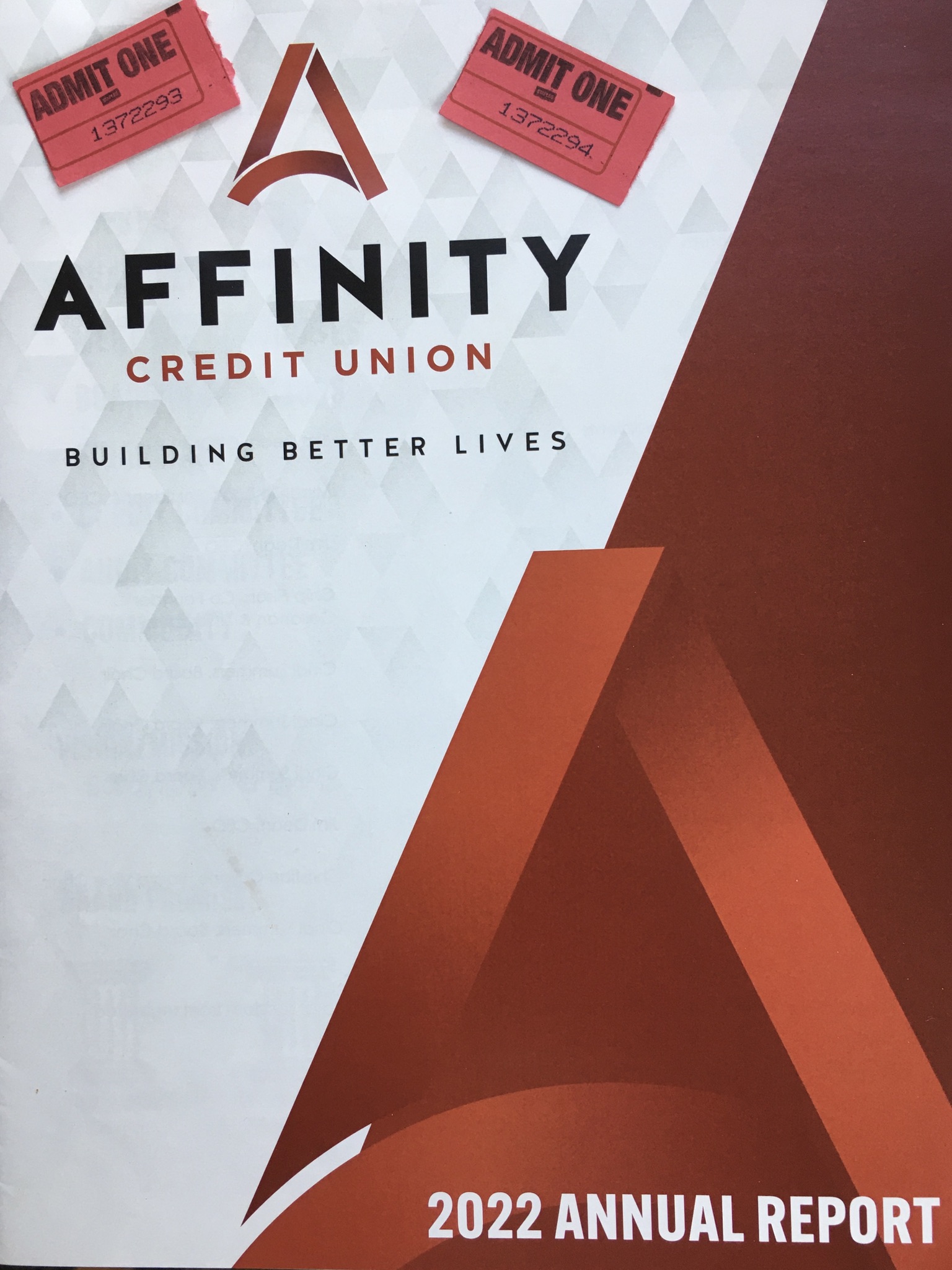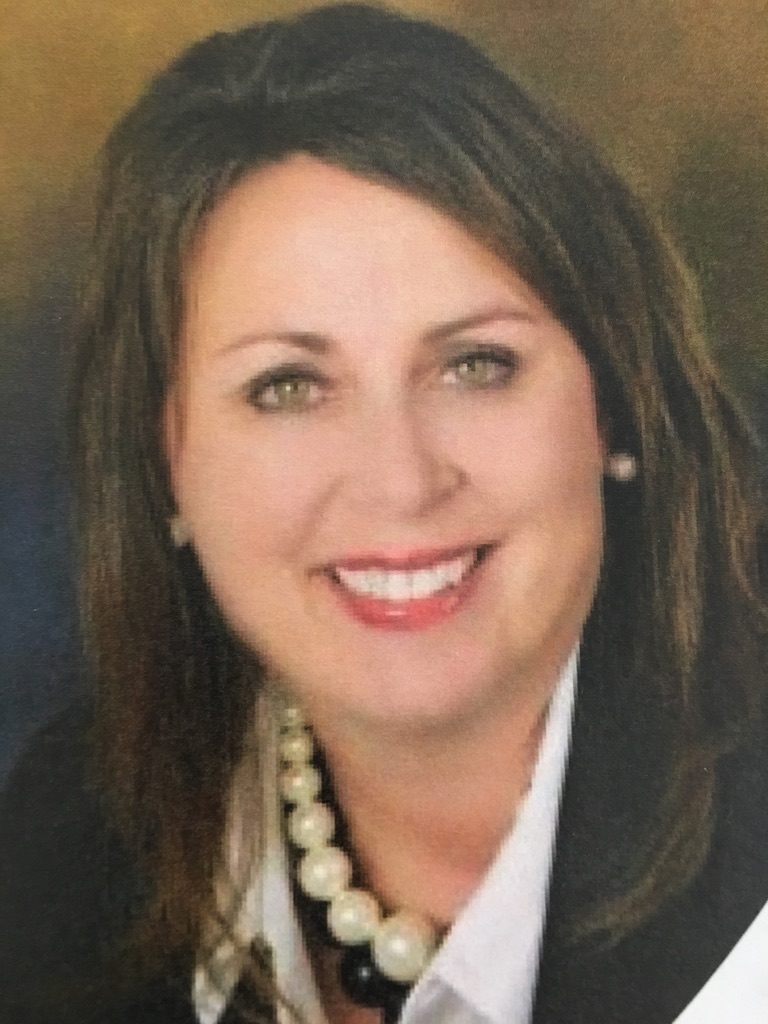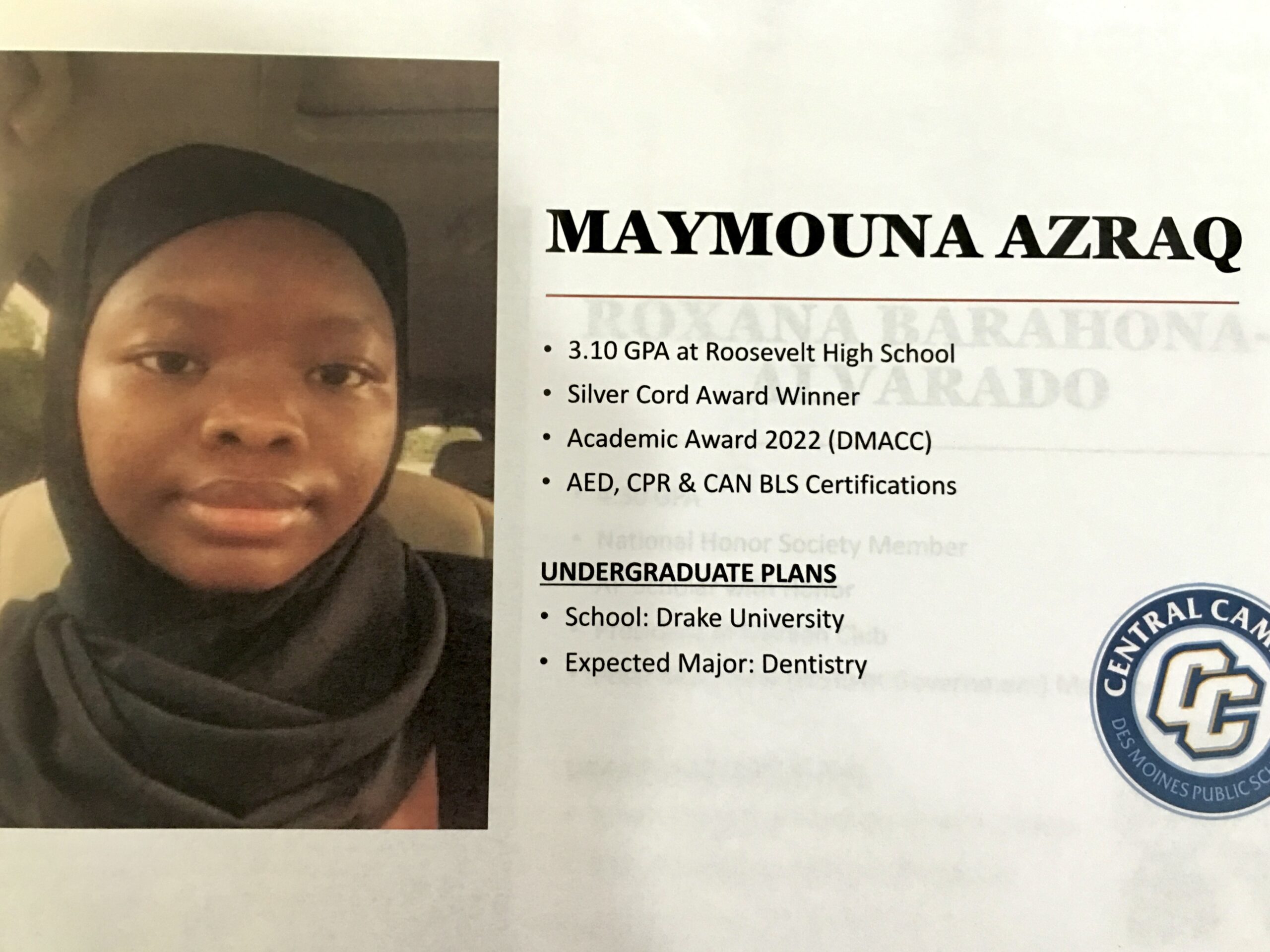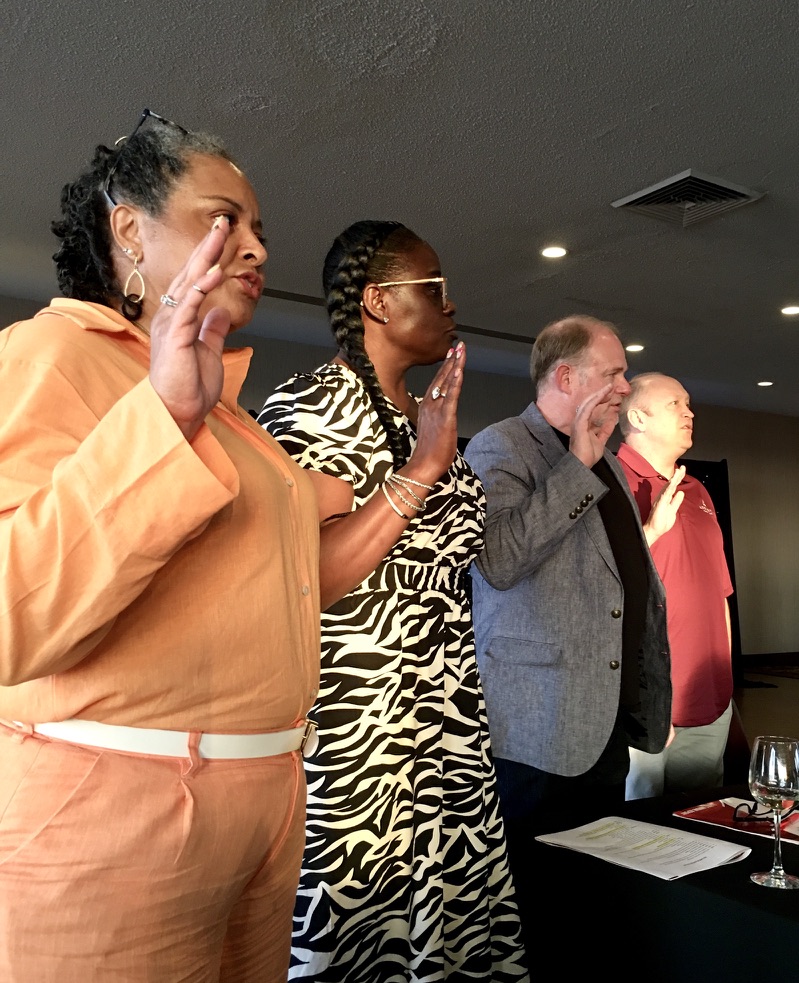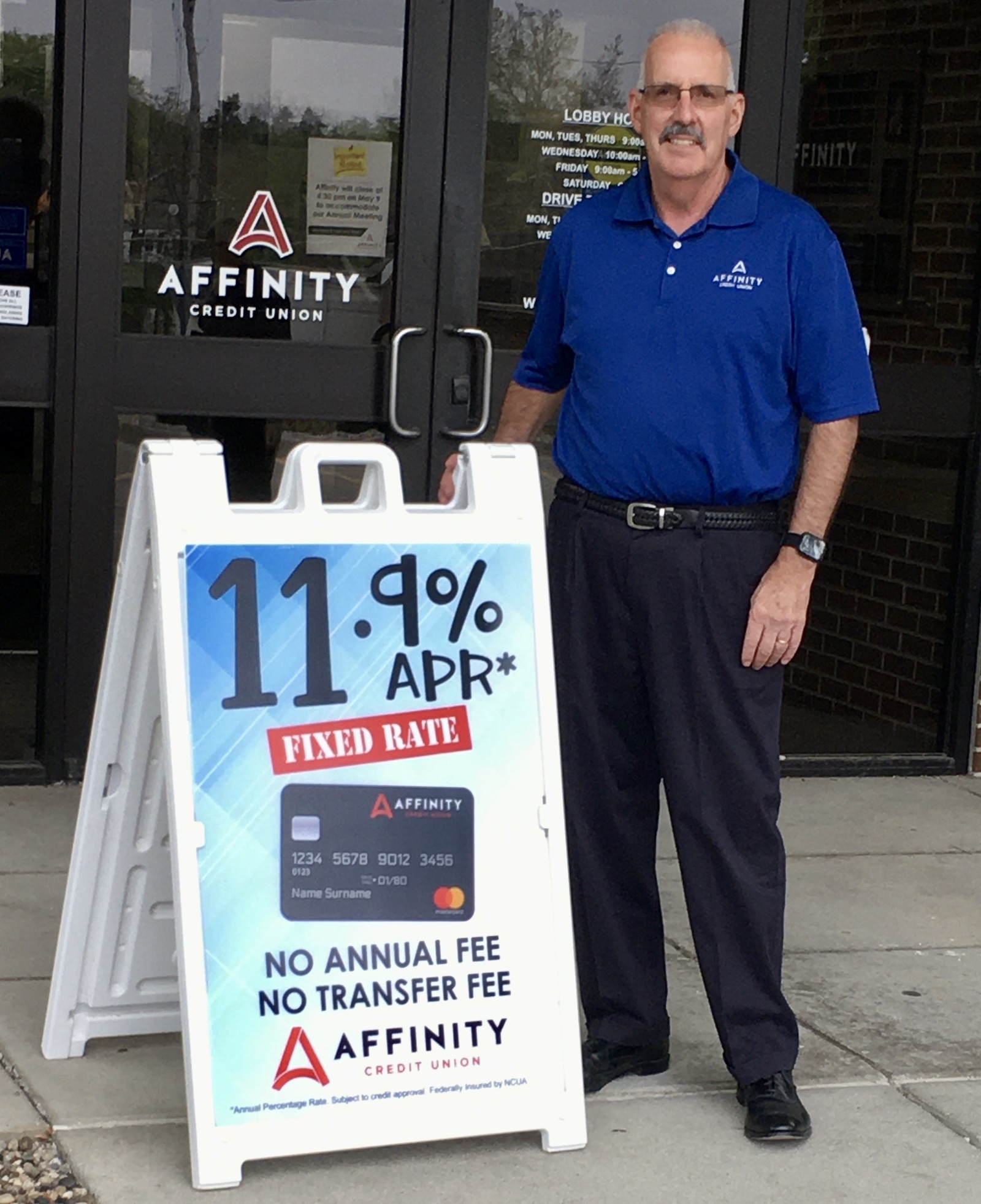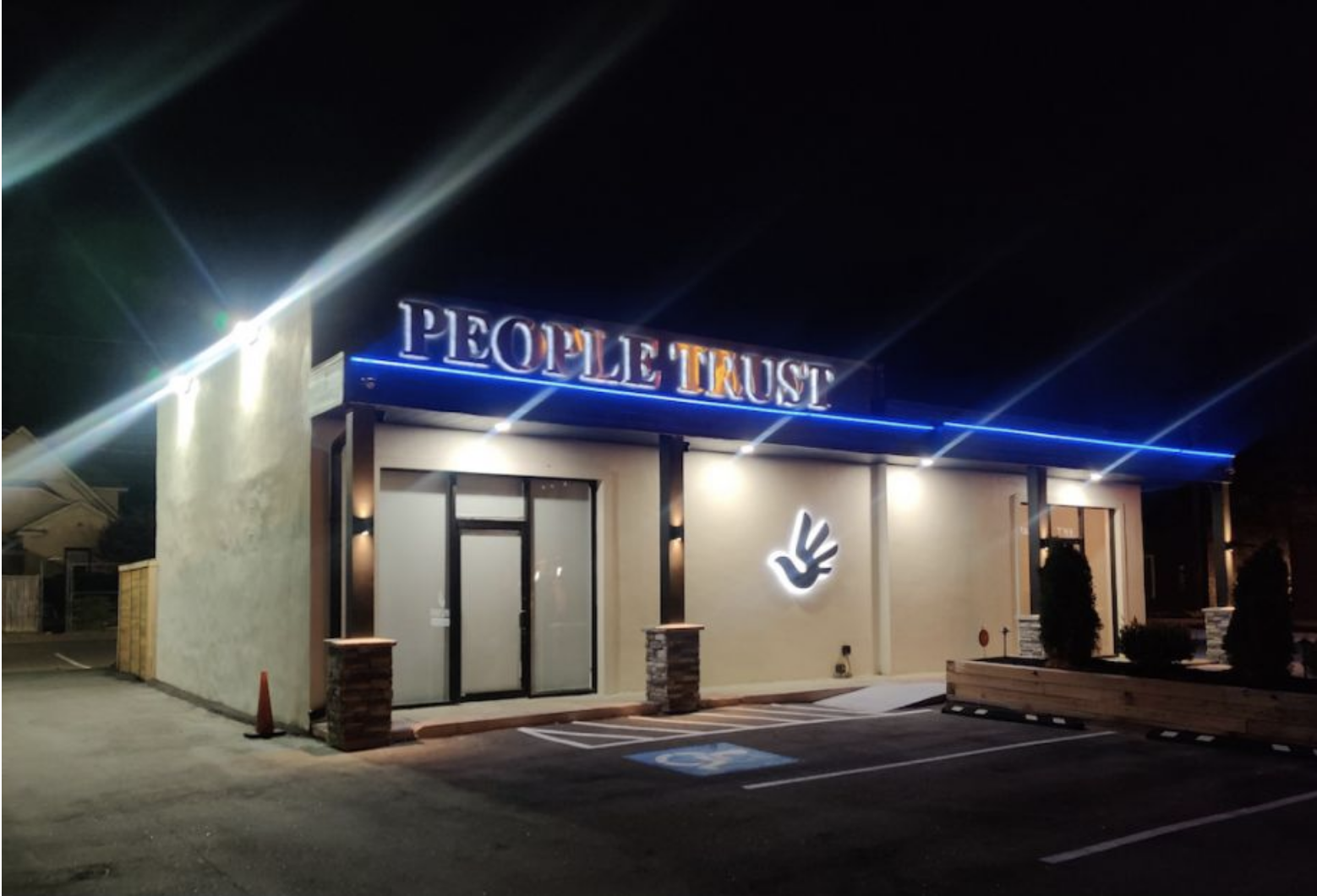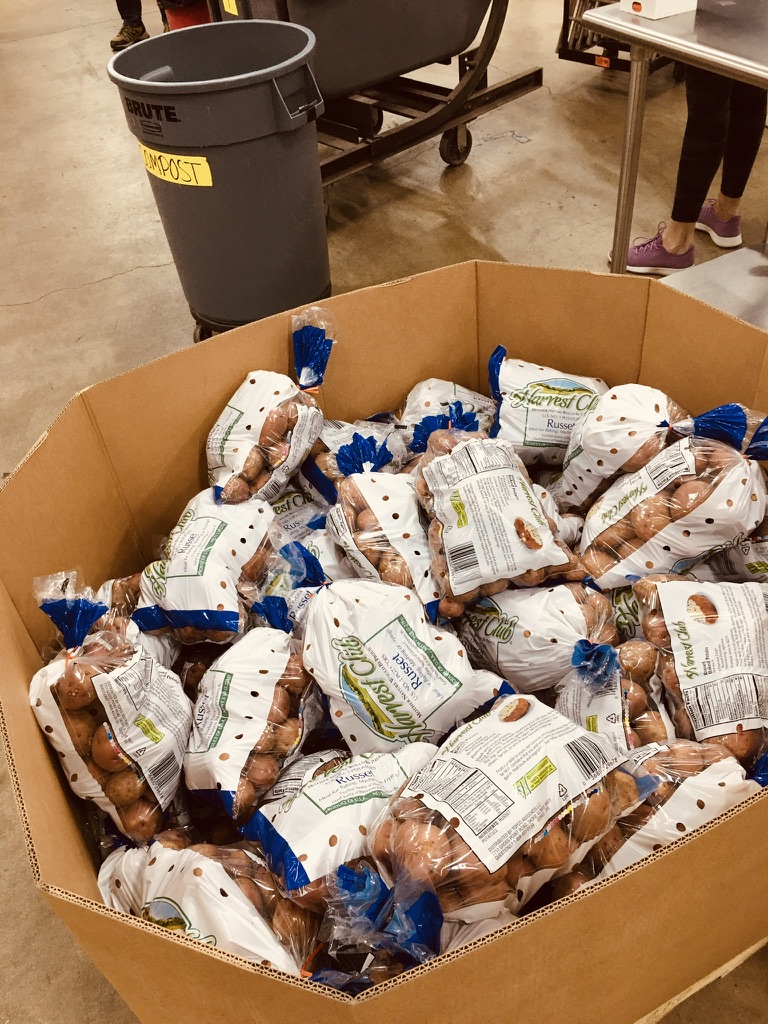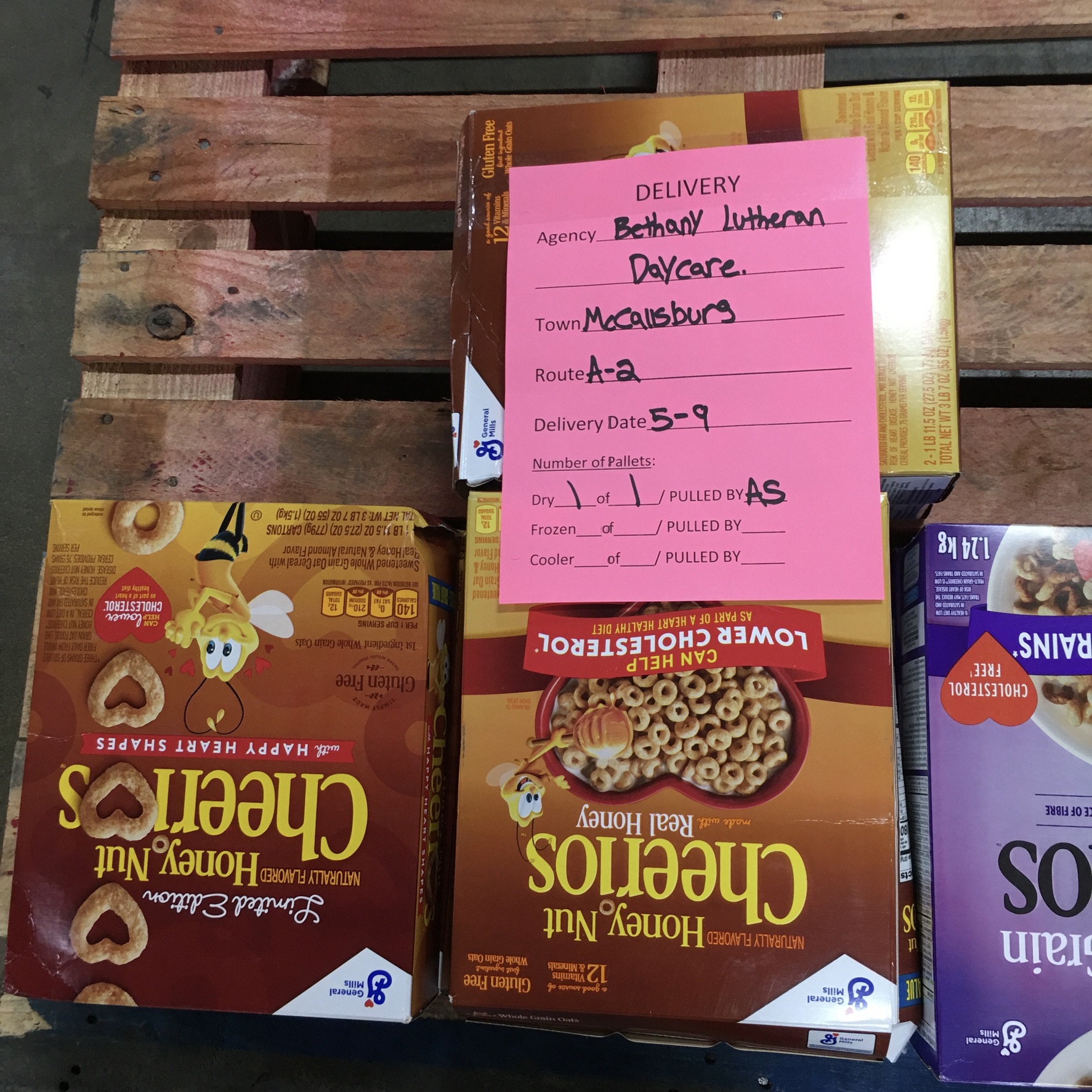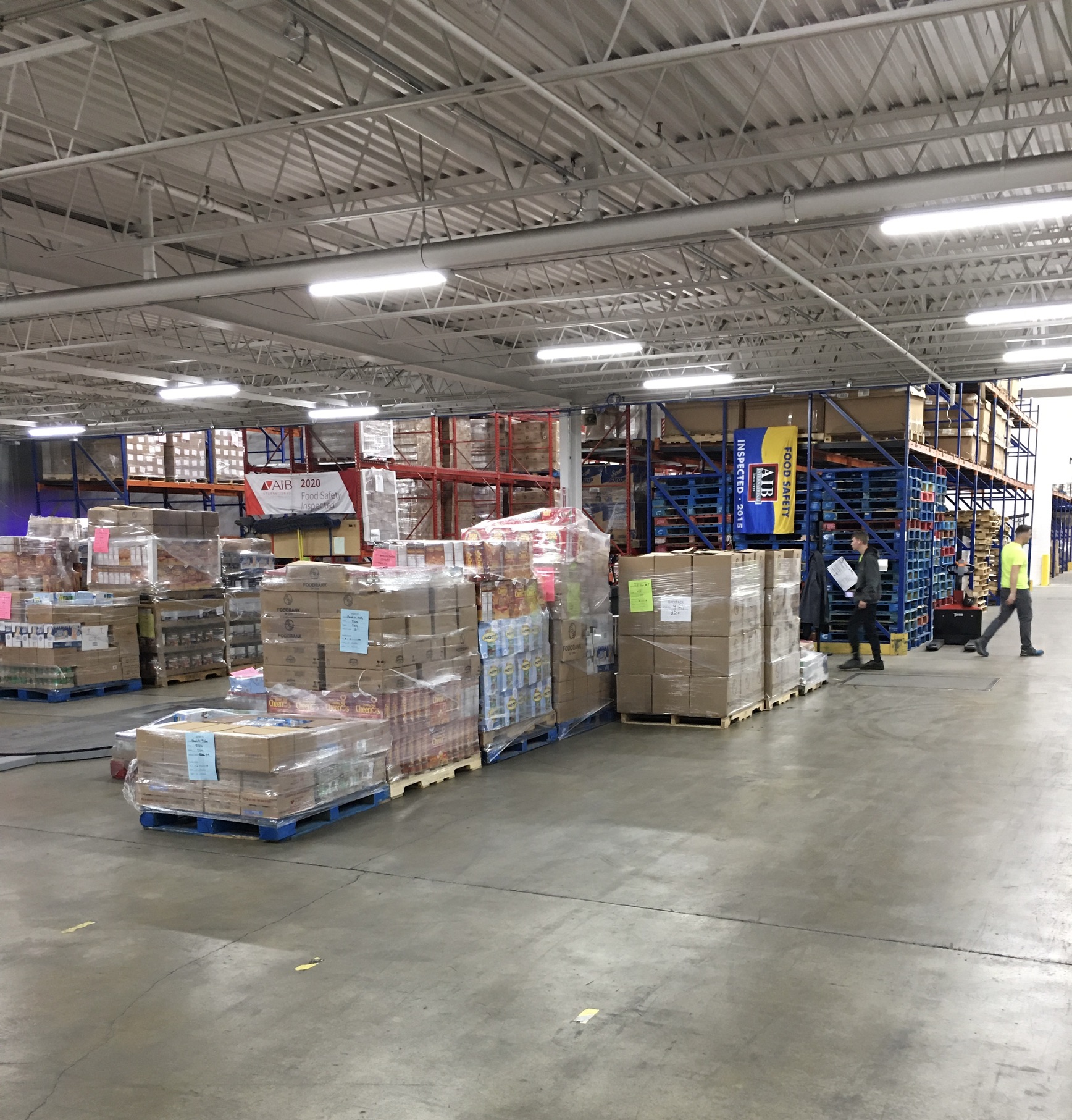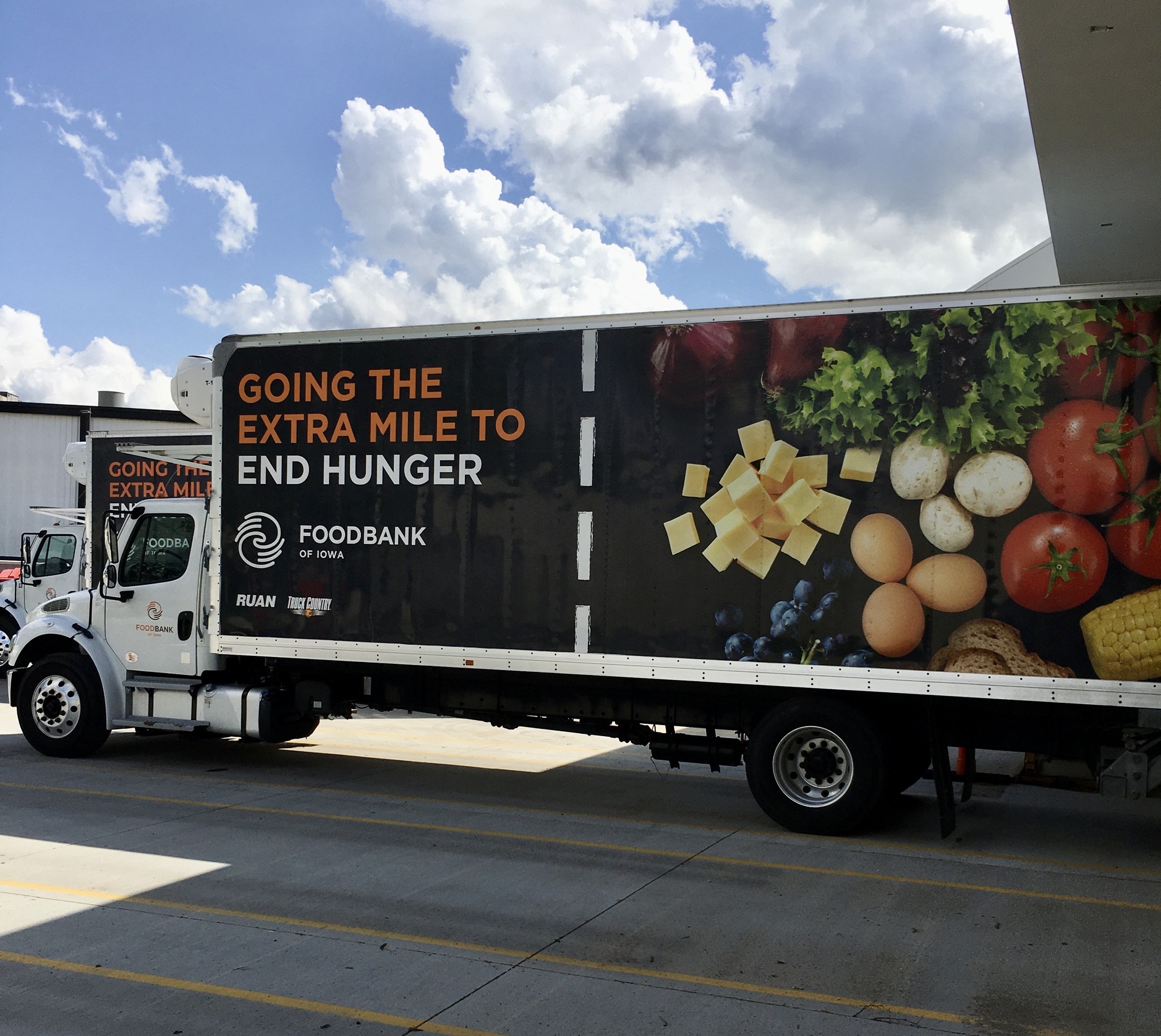The following is a lightly edited story from the Imaginative Conservative on June 15, by John Horvat.
This is a shared experience of hearing a baby’s non stop crying during the frantic period while boarding an airplane. It shows how one person’s voice can change the outcome of an unsettling event.
Bringing out the Humanity in US
“Air travel today might be considered the triumph of individualism. It involves people in their own bubbles rushing to destinations with little human contact. . .
“This inward self-absorption turns airports and planes into sensitive places where delays can cause outbursts. The slightest disruption can give rise to nasty incidents that add to the stress of air travel.
Rare Moments of Relief
“However, something extraordinary occasionally breaks the isolation, and people come out of their worlds and communicate with others. Such rare moments give a glimpse into how interesting people can be.
“The particular incident related here is hardly extraordinary. It involved a normal boarding process with its mad rush to secure seats and overhead bin space. Each person was absorbed in finding a bubble inside the crowded economy section of the plane.
“During this routine process, something human happened that lifted everyone out of their self-concern.
A Desperate Situation
“The main character in this drama was an unassuming baby at the back of the plane. For a full ten minutes during the boarding process, the poor terrified infant could not stop crying at the top of his lungs despite the mother’s desperate attempts to calm him.
“As the time came to close the cabin door, the flight attendant in charge was worried. He had seen situations like this degenerate into unruly incidents with loud, complaining passengers. He had to make a call quickly. If the crying did not stop, the mother and child would have to leave the aircraft.
“He discussed this option openly with another flight attendant. She tried to convince him that perhaps the baby would eventually stop and asked for some time to try to calm him down. Her motherly efforts failed miserably; the baby only cried louder.
“As the two flight attendants discussed the matter, those in the section front heard the dramatic debate unfold. The passengers were silent in their isolation, wondering what would happen. Yet none dared intervene. Meanwhile, tension mounted inside the cabin as the crying and schedule clashed.
An Unlikely Rescue
“It seemed all but certain that the mother and child would be expelled as the minutes ticked by when something unexpected happened.
“About a dozen rows from the front, a voice rang out.
“Miss, give the poor baby a break! We can take it! It’s no problem.”
“That first lone voice unleashed a chorus of support from all over the plane. The cabin erupted in cries to let the baby stay. Everyone offered to put up with the crying. There was a certain joy in their offers of sacrifice.
“We can take it, don’t expel them,” said one. “If there are those in the back with problems, let them come up here where there are empty seats.”
Humanity Triumphs
“Even the most introverted person seemed to awaken and get involved in the rescue mission. . . For five short minutes, the plane was abuzz with interaction. It became interesting.
“The outpouring of support for the small child ended all vacillation. The flight attendant perceived he had the backing of the passengers. If anyone caused an incident, the unruly traveler, not the baby, would be the target of hostility.
“The cabin door was closed, and the plane pushed away from the terminal. As the aircraft positioned itself on the runway, the baby stopped crying. Peace returned to the cabin, and all returned to the isolation of their bubbles. Humanity had triumphed over the rigid mechanical rules.
Self-Interest Destroys Human Solutions
“There is a lesson in all this. The disappearance of the human element in daily interactions makes life sterile. Everything is designed to minimize human contact and lock people into mechanical processes. No one is disposed to sacrifice.
“The self-service mania ensures that people stay in their self-imposed bubbles. This isolation creates a mentality that tends to disregard and resent anyone who interferes with one’s life. It does not allow the human element to act . .” (End)
My take: A baby’s cry. One voice spoke up. The community’s goodwill is awakened. That is how I understand the credit union spirit–offering “human solutions” to everyday needs. “We can take it! It’s no problem.”

